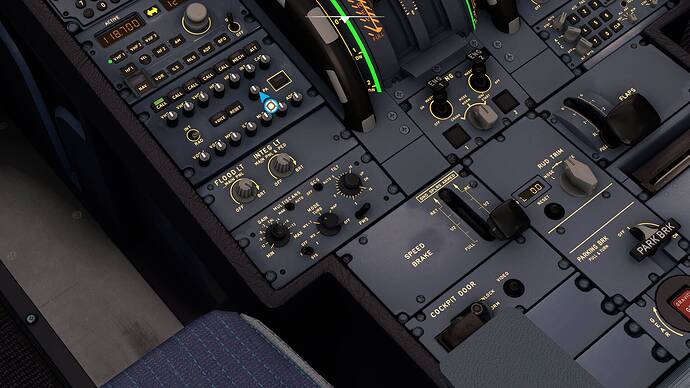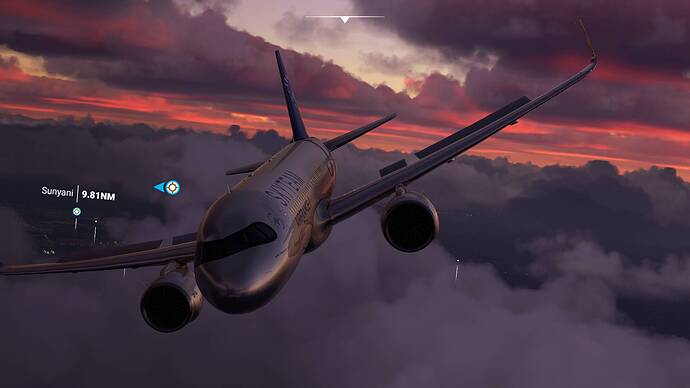Hi aviation fans,
tonight I have excessive tested flown the pure greatness of the new Fly by Wire Airbus.
The development version of the Fly by Wire Airbus has many bugs fixed (except some flickering of various announcements on the primary flight panel like TO-GA or AP or stuff like that).
But I still have severe problems when landing it - and now I know why!
The spoilers suddenly retract and the aircraft is gaining tremendous speed fast (sometimes up to 200 or 250 knots with flaps fully out) and that´s why I almost overshoot the runway every single time.
Is this a bug that the Airbus suddenly retracts the spoilers on it´s own when I am approaching the runway?
The spoilers come out again after touching down.
Here is a typical landing:
The spoilers are set to fully out, and the flaps are set to fully out.
This is the way how I always land the F-16 too otherwise it would get too fast when going down base and final approach.
Only with airbrakes out the machine is not gaining speed when losing altitude fast. Everything is going smooth and perfect.
The flaps go out, everything is allright, the speed is kept fully stable on 140 or 150 knots or so:
But suddenly while descending in the base and finals the Airbus is retracting the flaps on it´s own which causes him to gain speed very fast even with engines idling.
The finals - and the airspeed is going up insanely fast because the spoilers are suddenly in:
The plane cannot land because it is so fast and no airbrakes are available and it overshoots the runway with no way to slow down or land:
The landing worked after the second try, but only by doing some stupid cheat-like trick: Pausing the sim, letting the Airbus sit there hoovering in the air paused with engines at idle at the beginning of the runway and wait till the speed finally gets down to 130 knots - to be finally able to flare and land smoothly.
My questions are:
How do I brake this beast in the air, and why does it retract the spoilers on it´s own when I need them most during the finals and at the beginning of the runway?
Thanks in advance for landing tips, and sorry I don´t have any handbook for this plane I fly it like … hm… like I feel it needs to be flown ![]() intuitive…
intuitive…








